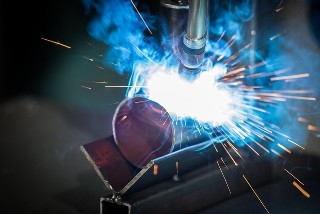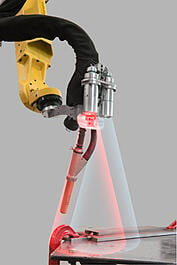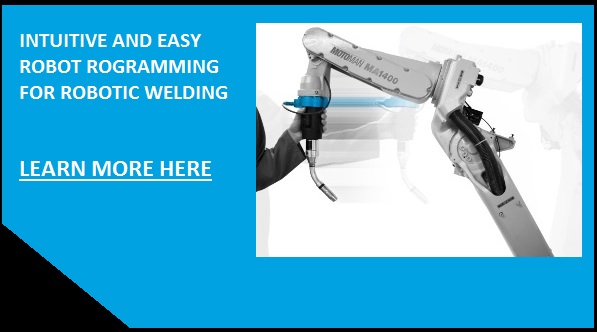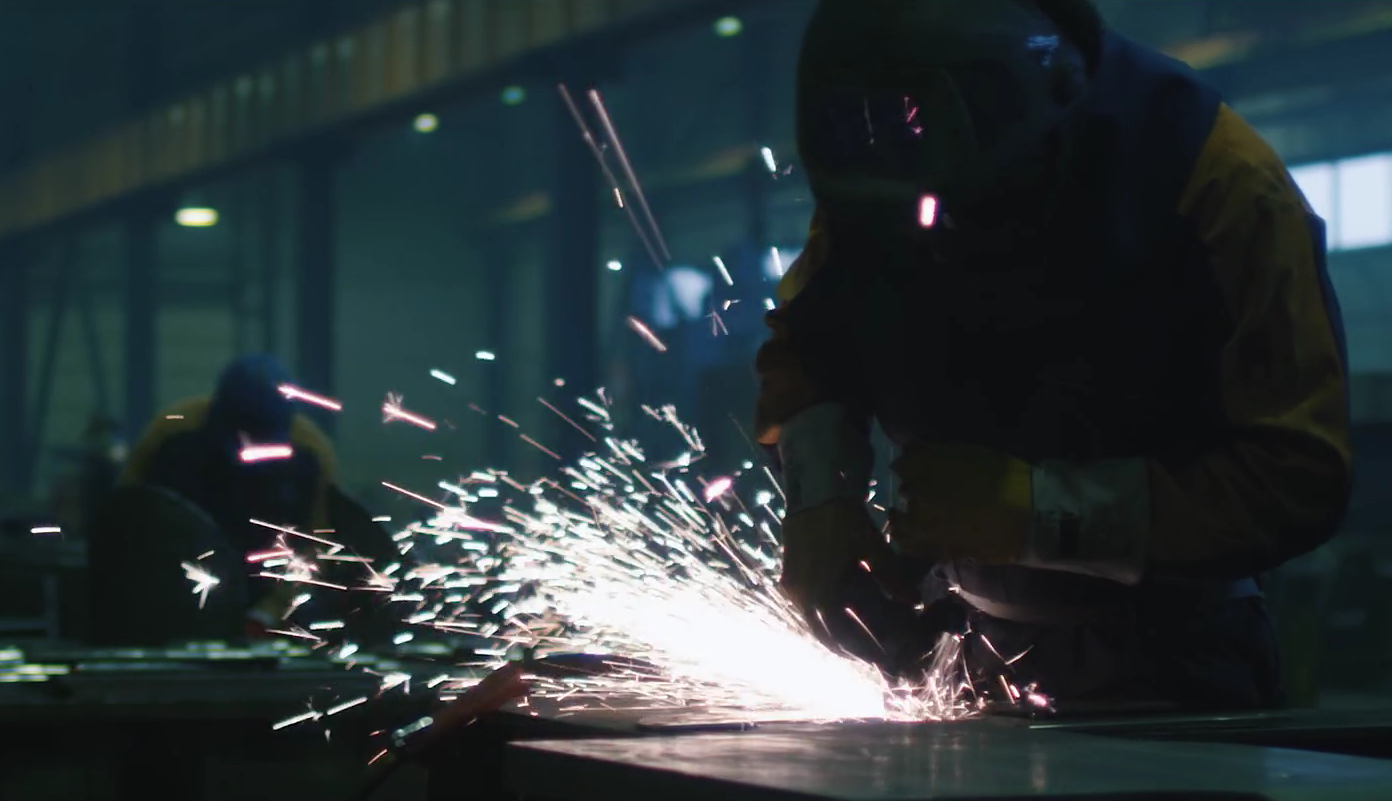Robotic Welding Automation: Myths and Reality

Posted on Mar 04, 2014 8:00 AM. 4 min read time
Even with the huge improvement that have been done in the last few years, most people think that welding automation is still more akin to rocket science. Automated welding systems are getting easier to use and their price is dropping. These two facts have a cause and effect relationship resulting in an historic augmentation of robotic use in welding processes. During the 90’s, the number of new arc welding robots in North America grew at an average annual rate of 12%. As we entered into the 2000’s, this rate accelerated to 32%. This means that this application is not only suitable for big industrial plants, but also for smaller workshops that are using robots to get the job done. Yet, the decision to jump into automation remains risky. Have a look at the different myths and realities that are often brought up when considering welding automation.
“It takes a rocket scientist to program a robot.”
This quote was actually true several years ago. Now programming techniques are getting easier to use for everybody. Kinetiq Teaching, for example, is part of this new generation of hand-guided programmable robot. With this software, welding trajectories and welding parameters can be set with ease without any in-depth knowledge in programming.
“Only highly repetitive productions justify installing a robotic welding robot.’’
With the impressive number of programs that can be stored in a robot controller’s memory, it is easy to go from one part to another. Furthermore, startup times tend to be reduced with new programming techniques. This means that the welding robot no longer needs to be dedicated to one single part or process.
“Installing a welding robot will solve my welding problems.”
A robot cannot solve a welding problem by itself. The parts that must be welded should have been designed properly. Creating precise jigs and having good installation, as well as good welding methods also reduces the risk of poor quality results.
“The robot operator must be highly trained and a skilled employee.’’
Becoming an experienced welder takes years of training and practice. However, becoming a highly skilled welding robot operator takes less time. By having good loading techniques, a developed sense for quality and minimum programming knowledge, this job is accessible to people on a larger scale.

“Robotic welding cells are expensive and difficult to justify cost wise.”
With the rise in popularity of welding robots, the price has dropped dramatically in the past ten years. Today, robots and software are getting faster, easier to use and more accurate. The overall performance of a robotic welding cell has improved and its price has been reduced. So it is now easier to justify the acquisition of this kind of working cell.
“An automatic welder can weld any part, even the big ones.”
In fact, not all the parts can be welded using this process. Some welding processes are not suitable for certain types of positions or materials. This is why the clamping method, as well as the position of the parts that need to be welded, need to be studied before starting a project. On the other hand, big parts can be welded by using different robot set-ups. For example, putting the robot on tracks or gantries allows parts as big as 50 ft long and 10 ft wide to be welded.
“The choice of a specific brand of robot cell will be critical to success.”
The robot itself cannot be blamed for the success or failure of an implimentation. However, software support and compatibility are two key factors for success. Make sure you have the proper support in case a major problem occurs. Availability of spare parts is also very important, especially in production mode, where you don’t want your production to be shut down.
“What about quality?”
Most of the quality verifications are still done by the robot operator. Furthermore, the decision to adjust the robot, accept or reject the part and even change the programming method remains the decision of the operator. With the introduction of high quality robotic vision, the parts can now be scanned and the robot will adjust itself for the next part, in order to have perfectly welded parts every time.

So while you are analysing your robotic process, make sure to review the following items: the parts to be welded, weld joint accessibility, repeatability of the parts, tooling nest (or fixturing) requirements, ways to compensate for distortion, and determination of the welding process to be used. Keep in mind that the robot cell layout must consider not only providing space for the work motion device, power source, robot controller and wire feed package, but also how the part is delivered to the area, and how the finished part leaves the area. Workflow simplicity characterizes a good cell layout. Hopefully this article is able to answer a couple of your questions concerning robotic welding automation or inspires you to look further into this process.









Leave a comment